Nyungwe National Park
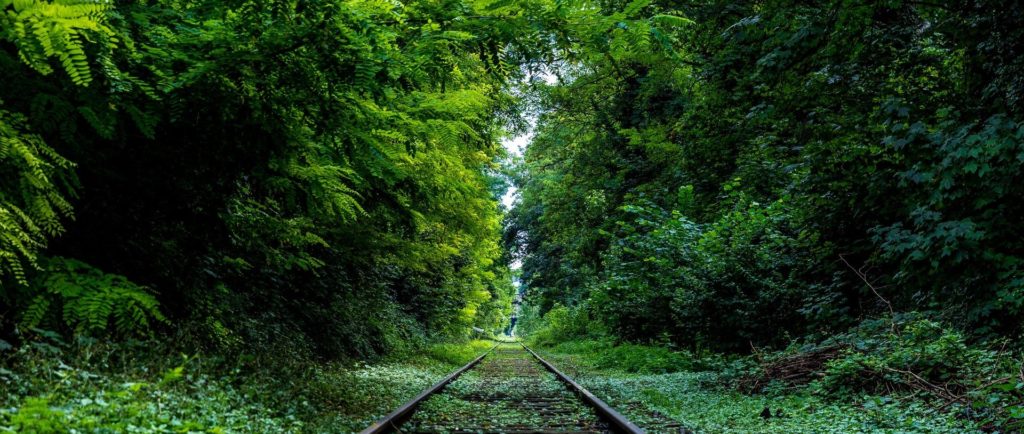
Why visit Nyungwe National Park
- One of the oldest rainforests in Africa
- Albertine Rift Bird Endemic species
Nyungwe Forest National Park activities
Chimpanzee Tracking
They may pale in size when compared to the hulking masses that are the mountain gorillas, but there is no denying the affinity that we humans have for chimpanzees. Sharing an estimated 94% of our genetic material, chimps display an incredible range of human-like behaviours ranging from tool use to waging war.
Chimps are highly sociable creatures, and one of the few primates to form complex communities ranging upwards of 100 individuals. During the day these communities break down into smaller units that forage for food, a behaviour that has been dubbed ‘fission-fusion’ by anthropologists. Since they cover a greater daily distance than the relatively docile gorilla, chimpanzee tracking (US$90 per person) is a much more uncertain enterprise.
Chimpanzee habituation in Nyungwe is still very much a work in progress, and although you will almost certainly encounter them, it might not be all that close up. This is especially so because Nyungwe's chimps seem to spend longer periods of time high in the tree tops than many other East African chimps.
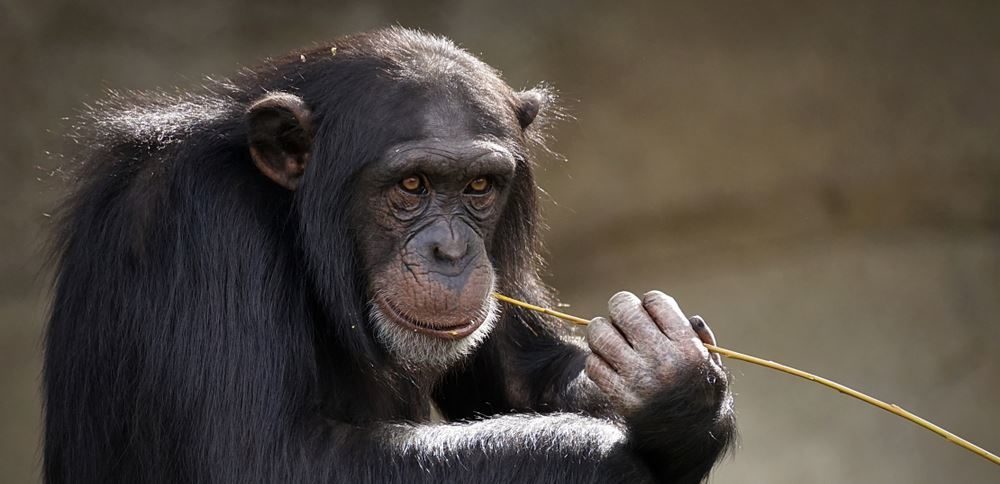
Much like gorilla tracking, you need to be prepared for lengthy hikes that can take up to several hours. However, the vegetation on the forest floor is much less dense than in the Virunga mountains where the gorillas live, so the walk is generally a little less tiring. In the rainy season you have a good chance of successfully tracking the chimps on the coloured trails (a network of trails of varying levels of difficulty), though in the dry season they have a tendency to head for higher elevations.
Although there are groups of chimps throughout Nyungwe, the habituated group that most people are taken to is actually located in the Cyamudongo Forest, a very small, isolated 'island' of forest surrounded by tea estates a little over an hour's drive from the park office at Gisakura. This group consists of about 40 individuals. At certain times, though, visitors might be taken to see a second habituated group, the Uwinka group, which is the largest with around 65 individuals. That said, this group, which is usually found within 12km of the Uwinka Reception Centre, is harder to access. Whichever group you end up visiting, having a car is something of a necessity for chimp tracking, as you’ll need to arrange transportation for you and your guide to the trailhead. Be prepared for an early start – usually 5.30am from Gisakura. Porters are available at Cyamundongo (US$10).
Visits are limited to one hour.
Alongside Lake Kivu, the Congo Nile Trail is popular with both cyclists and hikers, traversing rainforests, bracken fields and bamboo forests. At 227km from one end to the other, it takes 10 days to complete on foot, although it is possible to do in single sections.
The trail is a wonderful way to soak up daily life in traditional villages, tour a historic church, swim and paddle on the lake shore or sip coffee where it’s made.
With twelve coffee-washing stations, three tea plantations, three cities, dozens of villages, and innumerable beaches, coves, waterfalls, valleys and vistas, the winding path of the Congo Nile Trail offers some of the finest hiking to be had anywhere in east and central Africa.
Winding its way along the fringes of the lake via the peaks of Rwanda’s green hills, the Congo Nile Trail is as challenging as it is rewarding. With a peak elevation of 2630m, it’s a serious workout to boot.
There are camp sites along the route, or guesthouses in the towns for those after a bit more comfort. Refreshments are available along the route, supplied by small shops.


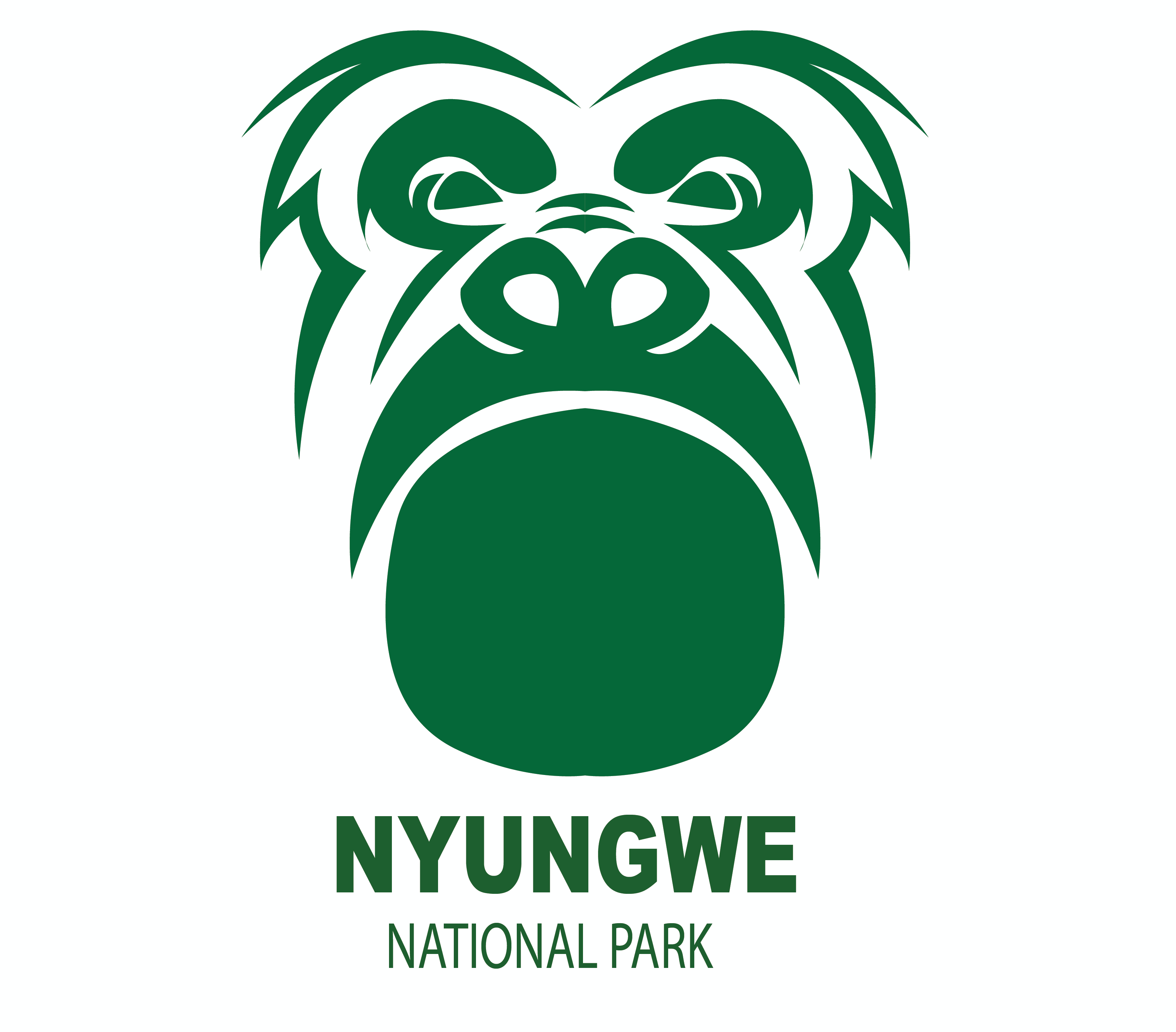
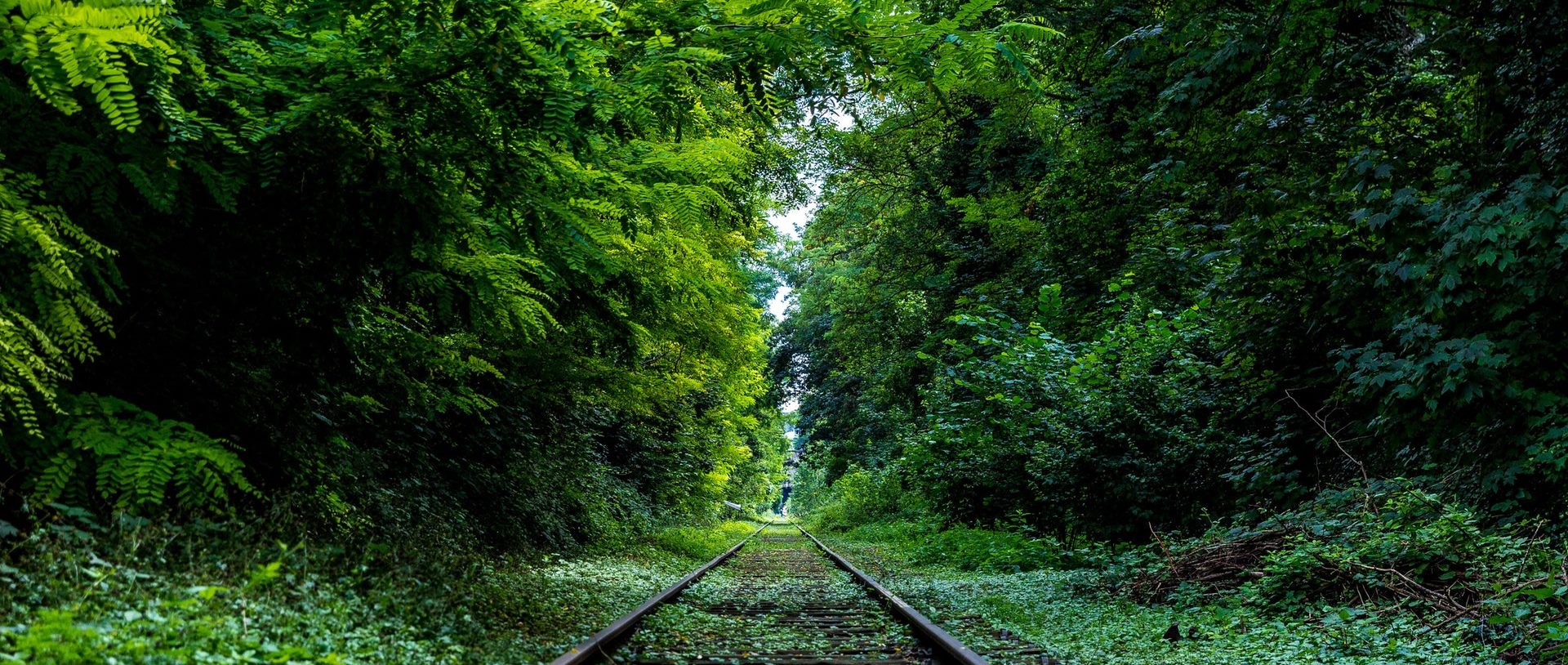
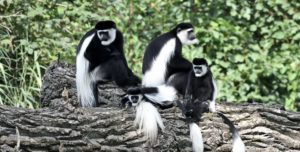 There is a smaller, and often more accessible troop, of around 50 individuals near the Gisakura Tea Plantation. Be sure to ask which troop you’ll be tracking when you make your reservation. This second troop is less worthwhile to visit as the walk is only about two to five minutes from the Gisakura park office and it feels like a lot of money to pay to stand in a tea field looking at monkeys you could almost see without leaving the park office!
There is a smaller, and often more accessible troop, of around 50 individuals near the Gisakura Tea Plantation. Be sure to ask which troop you’ll be tracking when you make your reservation. This second troop is less worthwhile to visit as the walk is only about two to five minutes from the Gisakura park office and it feels like a lot of money to pay to stand in a tea field looking at monkeys you could almost see without leaving the park office!